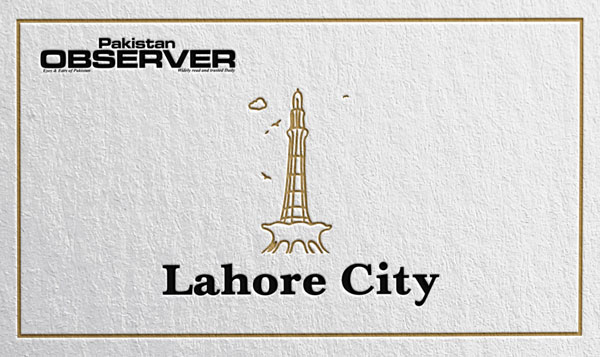Uncontrolled population growth and rapid urban development continue to exert immense pressure on resources, making the provision of basic amenities in megacities a daunting task for city managers.
In cities like Karachi, Lahore, Faisalabad, and Islamabad, challenges persist in providing essential facilities such as water, sewerage, solid waste management, clean air, efficient transportation, and a high standard of living.
Lahore, hosting a population of 13 million, has recently showcased the sorry state of affairs in rainwater drainage, cleanliness, and transportation during the monsoon season. One of the primary reasons for this unmanaged urbanization is the lack of government policies to control the sprawl of illegal housing societies on the outskirts of major cities, catering to the housing needs of people but causing long-term messiness.
Over the past few decades, Pakistan has experienced the highest urbanization rate in South Asia, with almost 50 per cent of the country’s population projected to reside in cities by 2025, according to the United Nations Population Division.
As a consequence, civic departments, such as Water and Sanitation Authorities, Solid Waste Management Companies, Punjab Local Government and Community Development, Lahore Development Authority, and the Environment Protection Department, are often overwhelmed in fulfilling their duties.
In response to these challenges, efforts have been made to facilitate residents and implement strategies such as the 3Rs (Reduce, Reuse, and Recycle) to manage waste effectively. However, plastic pollution remains a major hindrance in draining rainwater promptly, leading to stagnant sewage on roads and streets after heavy rains.
Exposure to such pollution poses serious health complications, including asthma, lung damage, bronchial infections, strokes, heart problems, and reduced life expectancy, according to health experts.
Despite efforts, cities like Lahore have been listed among the 50 most polluted cities in the world, with particulate matter pollution exceeding WHO-prescribed air quality standards multiple times.
To address these issues, collective responsibility is crucial, with both civic bodies and residents working together to keep cities clean.










